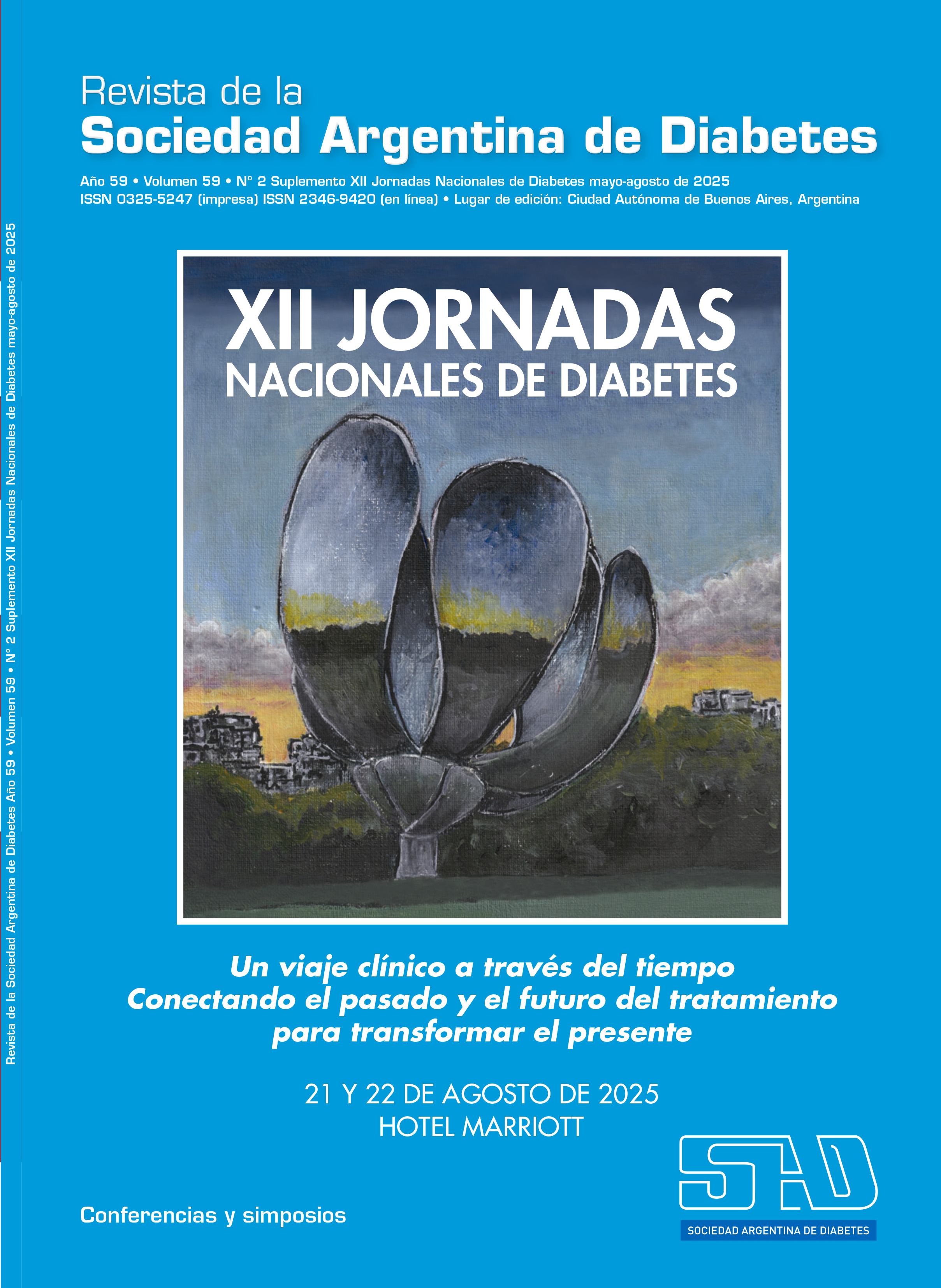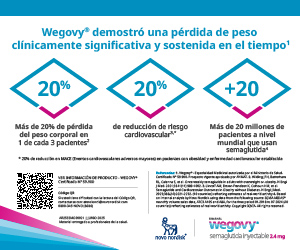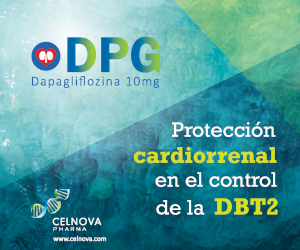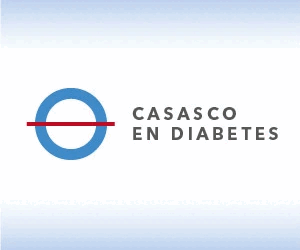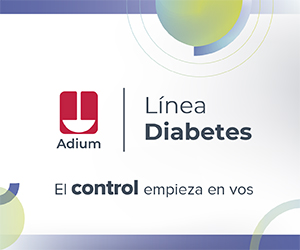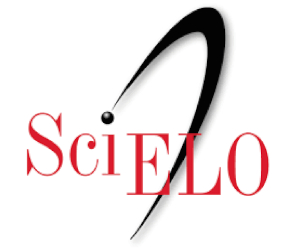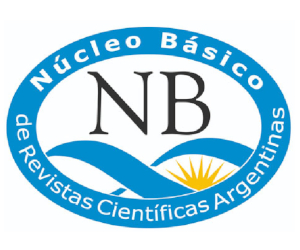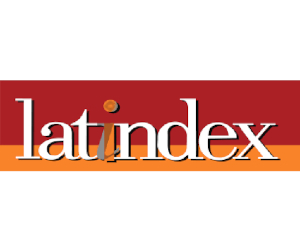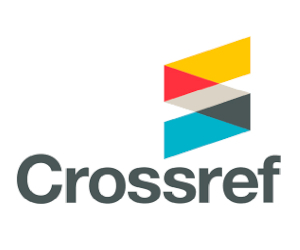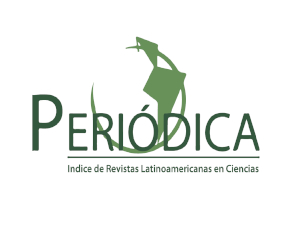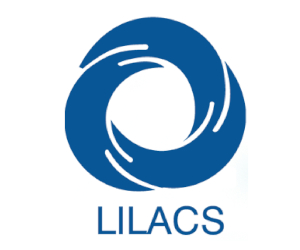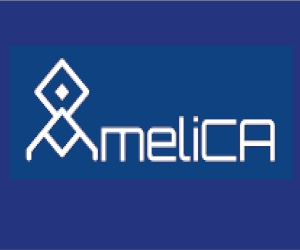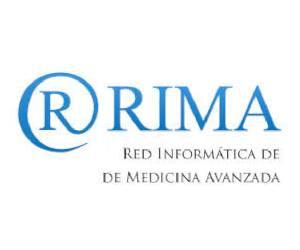The future of diabetes treatment: Therapeutic innovations and new molecules
DOI:
https://doi.org/10.47196/diab.v59i2Sup.1256Keywords:
diabetes, futureAbstract
At the beginning, the main therapeutic approach to DM was to neutralize the impact of very high glycemic concentration and the presence of chronic complications (CHD). Treatment subsequently focused on achieving better glycemic control and preventing CHD. Currently, maximum efforts are directed toward curing and preventing the disease. New pharmacological therapies for DM2 include current GLP-1 analogues and those in development, which have demonstrated not only efficacy in metabolic control but also hepatocardiorenal protection and prevention. New doses and new drugs, either individually or in combination, seems to get over existing treatments. Semaglutide 2.4 mg and Tirzepatide and new molecules with a great impact on weight loss (in patients with or without DM) such as CagriSema (cagrilintide + semaglutide) an amylin agonist together with semaglutide with a 20.4% weight reduction in 68 weeks, oral Amycretin that combines GLP-1 and amylin, Retatrutide triple agonist (GLP-1, GIP and glucagon) with a 22% weight reduction in 48 weeks, Mazdutide (IBI362) dual GLP-1 and glucagon agonist, Aleniglipron (GSBR-1290) oral non-peptide GLP-1 agonist in phase 2a. MariTide (cafradutide) a monthly agonist, Efinopegdutide (MK-6024) a dual GLP-1/glucagon agonist under investigation for NAFLD, Efocipegtrutide (HM15211) a triple agonist (GLP-1, GIP and glucagon) for obesity and NASH. Another major advance in T2DM is the use of technologies such as continuous intermittent glucose monitoring with its traditional metrics and new metrics such as TiTR and TiNG and the use of insulin infusion pumps in this type of DM. New rapid-acting inhaled insulins Technosphere with a significant reduction in postprandial glycemic peaks in T1DM and new weekly basal insulins (ICODEC and EFSITORA ALFA) generate less invasive, more convenient and better adherence to therapeutic regimens for insulin-based T1DM and T2DM. Their combination with weekly GLP-1 analogues (ICOSEMA) opens new therapeutic horizons. Towards the path to healing Cellular and Regenerative Therapies VX-880 and stem cells as pancreatic islet replacement therapy have shown recovery of insulin secretion in T1DM. Beta cell encapsulation would control blood glucose without the need for immunosuppression. Automated Monitoring and Administration Technologies towards the artificial pancreas and automated insulin delivery systems help automated blood glucose control. Genetic and Epigenetic Therapies CRISPR gene editing to correct genetic defects associated with type 1 diabetes would offer a possible avenue for restoring pancreatic function. Epigenetic therapy with inhibitors of DNA acetylation and methylation and histone complexes as a way to reverse insulin resistance in T2DM. Cure with whole pancreas transplants (still effective but requires major surgery, lifelong medication, and is only for a few patients). Islet transplants: new isolation systems include “shielding” and “encapsulation” to protect them immunologically without the need for immunosuppression. Harmine and beta cell regeneration harmine, together with GLP-1 agonists, could increase beta cell mass by up to 700%, offering an alternative to traditional therapies. Teplizumab prevention: FDA approved (Tzield) indicated to preserve beta cell function, delaying the onset of T1DM indicated in stage 2 of prediabetes even without the need for insulin. Artificial Intelligence and Treatment Personalization: Personalized dosing systems based on reinforcement learning, allow personalized insulin dosing by continuously adapting to individual patient responses. Data integration: The combination of data on glucose, blood pressure, diet, and exercise will generate personalized recommendations that will significantly improve the care of people with diabetes. Will we be able to Prevent, reverse, or cure both DM1 and DM2 in the next 10–20 years? DM treatment is evolving toward more personalized, less invasive, and more curative approaches. The line between the two types of DM is blurring. Many of the therapies for DM2 should be considered in DM1, and vice versa. It is essential to continue research, improve the education and training of healthcare teams, and ensure equitable access to all these innovations. Only a more holistic approach, encompassing not only glycemic/metabolic control but also focusing on CHD prevention from the outset, will achieve significant impacts on the health of these patients. However, the ultimate goal is to achieve a cure and, above all, the prevention of DM.
References
I. Zinman B, et al. NEJM 2023;389:1231-1242. (ONWARDS 1 – Icodec vs. Glargina).
II. Aroda VR, et al. Lancet Diabetes Endocrinol 2023;11(2):85-95. (Icodec en DM1).
III. Heise T, et al. Diabetes Obes Metab 2021;23(4):908-915. (Fase 2 de Icodec).
IV. Garg SK et al. Diabetes Care 2021;44(8):1785–1791. (Basal Insulin Fc – BIF).
V. Bohr A, Memarzadeh K. Artificial intelligence in healthcare. Academic Press 2020.
Downloads
Published
Issue
Section
License
Copyright (c) 2025 on behalf of the authors. Reproduction rights: Argentine Society of Diabetes

This work is licensed under a Creative Commons Attribution-NonCommercial-NoDerivatives 4.0 International License.
Dirección Nacional de Derecho de Autor, Exp. N° 5.333.129. Instituto Nacional de la Propiedad Industrial, Marca «Revista de la Sociedad Argentina de Diabetes - Asociación Civil» N° de concesión 2.605.405 y N° de disposición 1.404/13.
La Revista de la SAD está licenciada bajo Licencia Creative Commons Atribución – No Comercial – Sin Obra Derivada 4.0 Internacional.
Por otra parte, la Revista SAD permite que los autores mantengan los derechos de autor sin restricciones.



